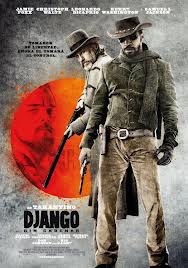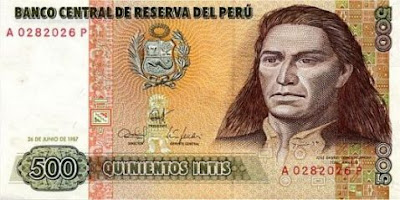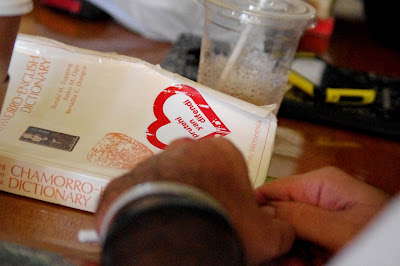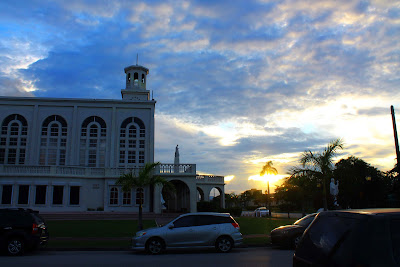Setbisio Para I Publiko #39: An Mo'na Hao

For my intermediate Chamoru coffeeshop classes, which during the current lockdown, have been moved online, we translate a Chamoru song into English each week. We listen to the song twice, go over the lyrics, sometimes talk about the cultural dimensions of the song or the metaphors and history that it invokes. It is one of my favorite ways to teach the language, since it involves not only teaching the language itself, but also making connections across generations and sometimes using the nostalgia that people have to encourage further learning. My lyrics are often from just listening since few Chamoru albums include lyrics. This means that sometimes my lyrics are slightly to noticeably off. But even years after doing this regular assignment, I still learn new things from this exercise, even for myself. Sometimes I hear lyrics in a new way and realize I was singing them wrong for years. Last week, at the request of one of my students, we translated the song "An Mo'na Hao&quo;







